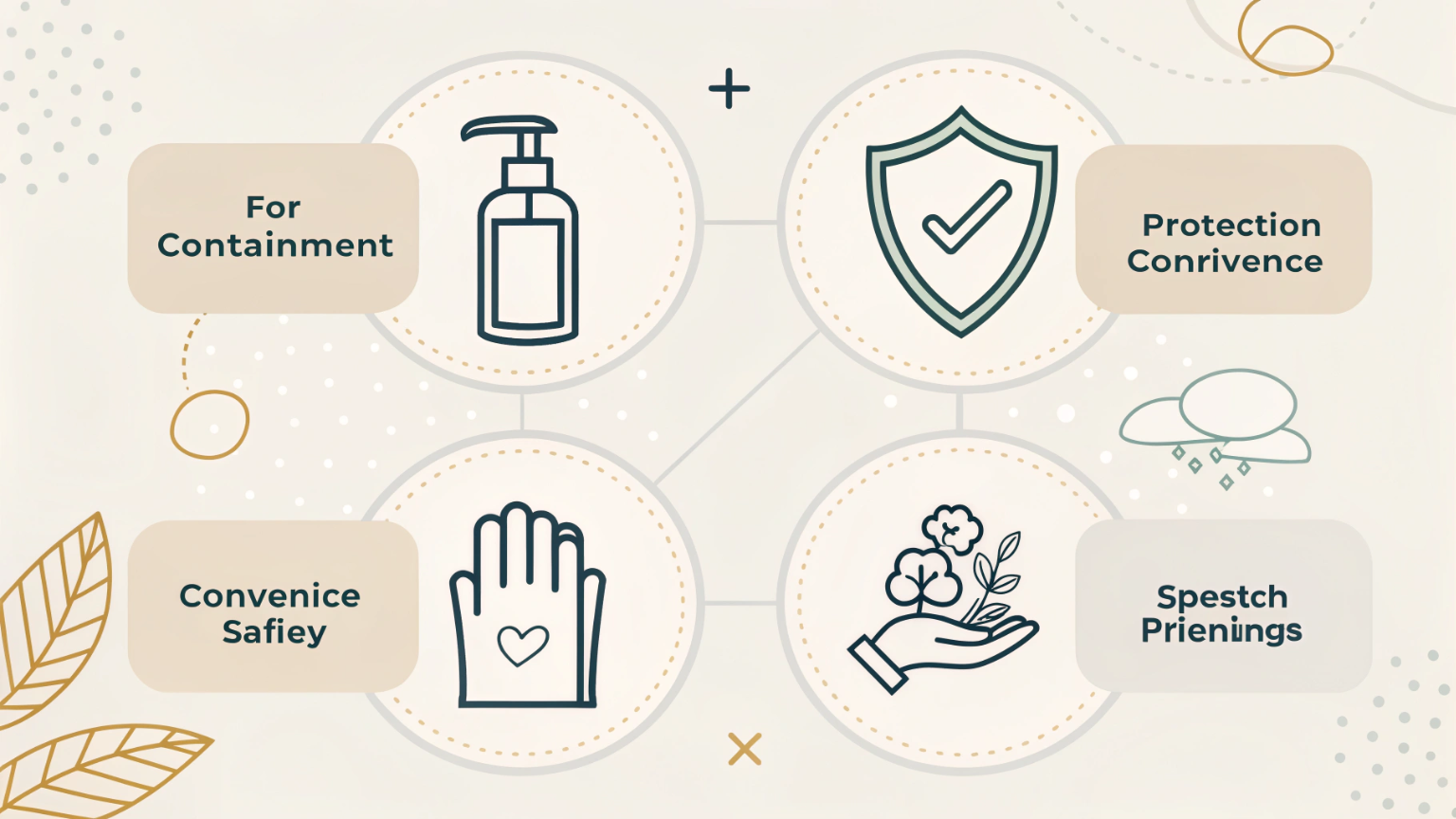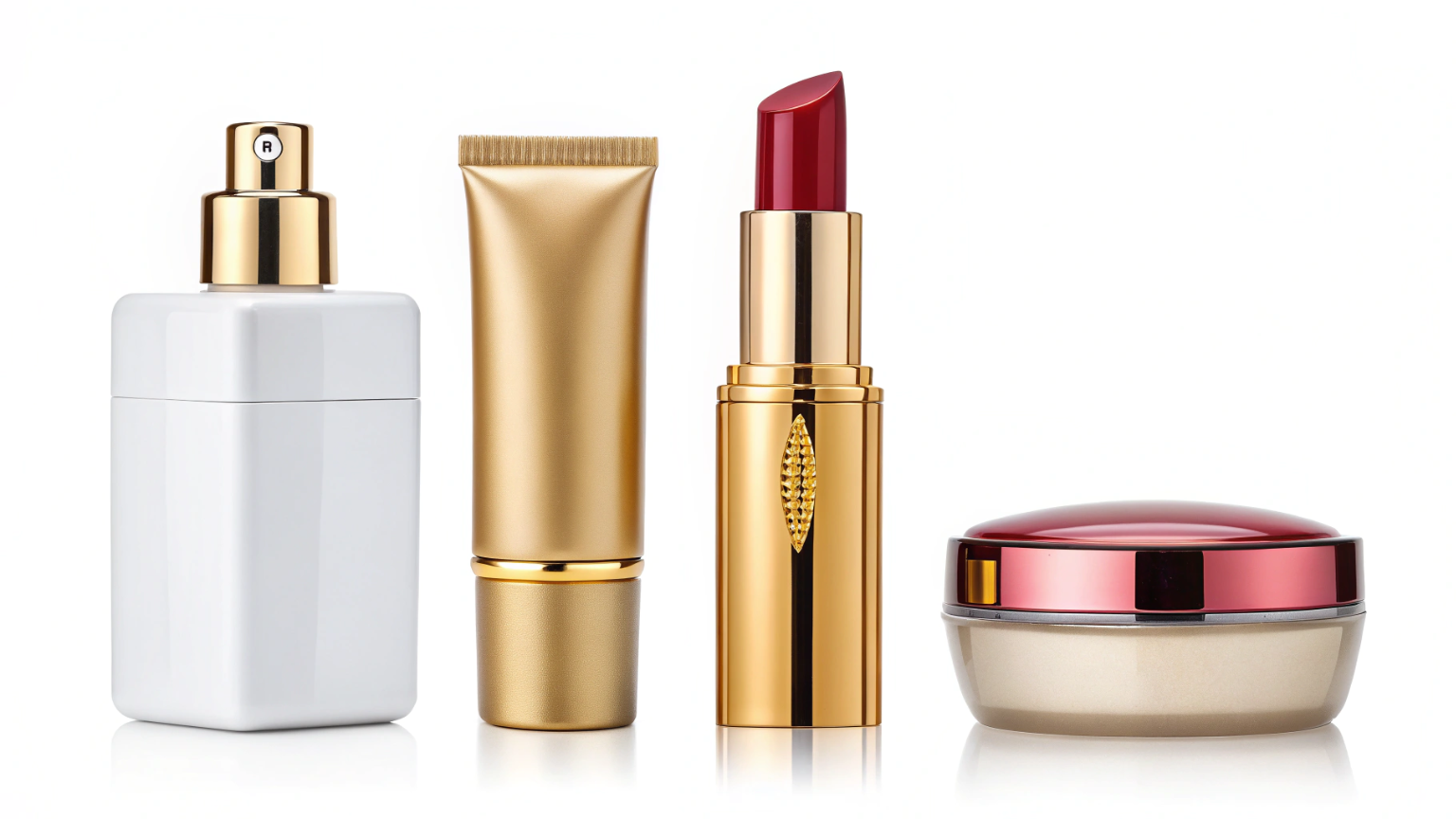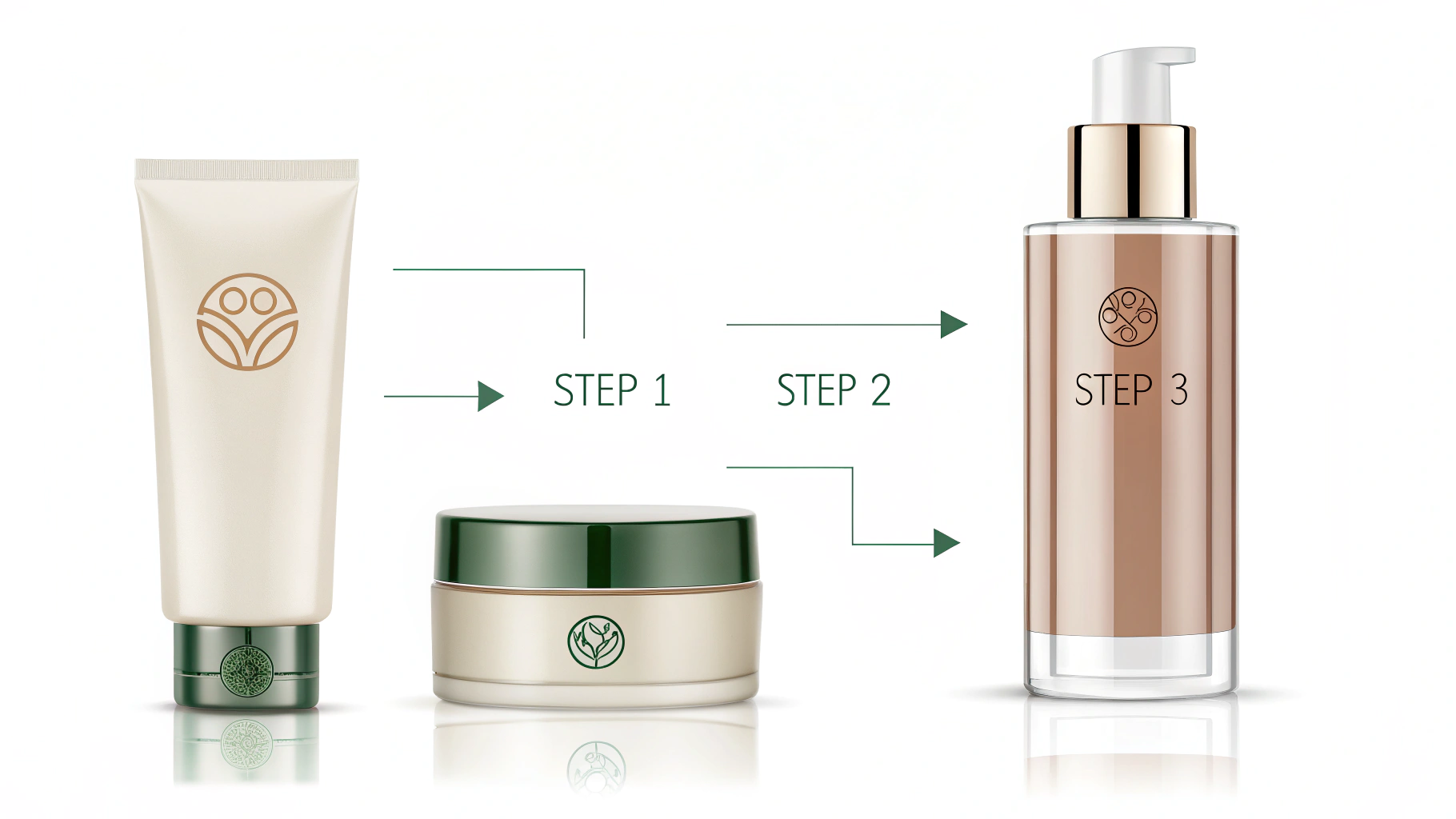
How Do You Design Packaging for Global Beauty Markets?
November 1, 2025 • Mike Lee
You have a great product for a global audience, but the packaging design is a minefield. One wrong choice could confuse or even offend customers in a key market, stalling your launch.
You design for global markets by following a clear process: Function first, then Form, then Finish. Choose the packaging type that protects the product, then a shape that reflects your brand, and finally, apply colors and text that resonate culturally.

Your insight about the proper order of design is the most valuable advice we give our clients. I remember working with a new skincare brand from the US that wanted to launch in the Middle East. They came to us with a beautiful, complex color palette and font they were set on. But they hadn't decided if their flagship cream should be in a pump bottle or a jar. We had to gently pause their process and walk them through our "Function -> Form -> Finish" method. First, we decided a jar was best for the thick cream (Function). Then we selected a heavy-walled, luxurious jar shape to match their premium brand (Form). Only then did we apply their chosen colors, which looked completely different—and much better—on the new shape (Finish). This simple shift in process saved them from a costly design mismatch.
What are the 4 C's of packaging?
You hear marketing terms like the "4 C's" and wonder how they actually apply to your physical product. Are they just theory, or can they guide your real-world decisions?
The 4 C's are a functional checklist for your packaging: Containment (does it hold the product safely?), Protection (does it prevent damage?), Convenience (is it easy to use?), and Communication (does it explain what it is?).

These four principles form the absolute foundation of good packaging design. They align perfectly with the first and most important step of our process: choosing the right packaging type based on the product. Before you even think about how it looks, you have to ensure it works.
| The 4 C's | How We Apply It (Function First) |
|---|---|
| Containment | This is the most basic job. A liquid serum needs a bottle with a sealed dropper. A thick balm needs a wide-mouth jar. We match the product's viscosity and chemical makeup to the right material (PE, PET, Glass) and container type to prevent leaks or degradation. |
| Protection | The packaging must protect the product from light, air, and physical shock. For a Vitamin C serum, we'd recommend an opaque or UV-coated bottle to prevent oxidation. For fragile glass items, we design them to fit securely in shipping cartons. |
| Convenience | How does the end-user get the product out? An airless pump offers precise dosage for a lotion. A sift-and-seal jar is perfect for loose powder. We consider the customer's daily use to ensure the experience is effortless, not frustrating. |
| Communication | At a minimum, the package shape must allow for legally required text: ingredients, volume, and origin. We ensure there is enough flat, printable surface area for all necessary information. |
Nailing the 4 C's means you have a successful product container, which is the essential first step before you can create a successful brand message.
What are the 5 P's of packaging?
Once the function is set, how do you make the package represent your brand? You need a framework to translate your brand's personality into a physical object.
The 5 P's build your brand's identity on the package: Personality (what's the brand's feel?), Positioning (who is it for?), Preference (why choose this?), Protection (physical & brand safety), and Portability (how it's used on-the-go).

If the 4 C's are the science, the 5 P's are the art. This framework directly guides the second step of our process: choosing the packaging's external form and shape based on your brand identity. After we know it will work, we can focus on how it will feel.
| The 5 P's | How We Apply It (Form Second) |
|---|---|
| Personality & Positioning | Is your brand clinical and minimalist, or opulent and luxurious? For a clinical brand, we'd suggest a simple, cylindrical bottle with sharp lines. For a luxury brand, we might propose a heavy-walled jar with a unique, custom-molded cap. The physical shape sends an immediate message about who the product is for. |
| Preference | What makes your package stand out from competitors? This could be a unique silhouette, a satisfying magnetic closure on a lid, or an ergonomic shape that feels great in the hand. This is about creating a physical point of difference. |
| Protection | This "P" is about both product safety (covered in the 4 C's) and brand safety. The form must feel substantial and high-quality to protect your brand's premium reputation. A flimsy, thin-walled bottle undermines a luxury message. |
| Portability | How will your customer travel with this? A travel-sized line would use small, lightweight tubes and vials. A product for the bathroom counter can be heavier and made of glass. |
By defining the form, you give your brand a physical body before you dress it in colors and fonts.
How do you create a packaging design?
You've got a functional container and a shape that reflects your brand. How do you pull it all together into the final, beautiful design that customers will see on the shelf?
You create the final design by following a structured, three-step process. First, define the function and pick a package type. Second, define the brand feel and select a shape. Third, apply the graphic elements like color, logo, and typography.

This is the culmination of the entire process, where we bring your brand to life. This is our "Finish" stage, where we apply the final layer of aesthetics and information. Following our step-by-step method ensures that we aren't just decorating a bottle, but completing a thoughtfully designed brand experience.
Our Proven Design Workflow:
- Step 1: Function First (The Container). We start with your product. Based on its formula, viscosity, and sensitivity, we select the ideal container.
- Output: A decision on whether it's an airless pump, a glass dropper bottle, a PET jar, a PE tube, etc.
- Step 2: Form Second (The Shape). We discuss your brand identity. Who is your target customer? What is your price point?
- Output: We choose a specific shape from our catalog of 1,000+ molds or discuss a custom mold. Will it be a heavy, square jar or a sleek, rounded bottle?
- Step 3: Finish Last (The Graphics). Now, and only now, do we talk about color and text. We use your brand guide to apply the final touches.
- Output: We decide on Pantone color matching, surface finishes (matte, gloss, soft-touch), printing methods (silk screen, hot stamping), and font application.
This structured approach prevents costly mistakes and ensures that the final design is not only beautiful but also functional and perfectly aligned with your brand's core identity.
Conclusion
Designing for global markets is not about guesswork. It’s a logical process of layering function, form, and finish to create packaging that is practical, brand-aligned, and culturally resonant.
Written by
Mike Lee
You may also be interested in:

How Do You Source 10–50ml Spray Bottles Wholesale? A Guide to MOQ, Price, and Lead Time
You need to order 10-50ml spray bottles for your new product line, but every supplier

Leak-Proof Design: How Can You Choose Reliable Spray Bottles for Travel Products?
You've spent months perfecting your new travel-sized product. You imagine customers loving it on their

What Truly Makes a High-Quality Spray Bottle? A Complete Buyer’s Guide
You need to source spray bottles for your product line, but you're overwhelmed. Two bottles

Why Is Sunscreen Packaging So Much More Challenging Than Regular Skincare Packaging?
You think a bottle is just a bottle, right? You assume the elegant packaging that